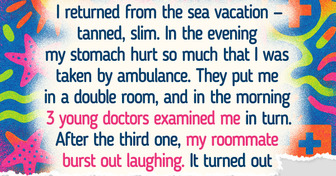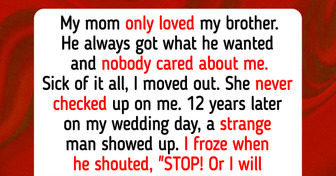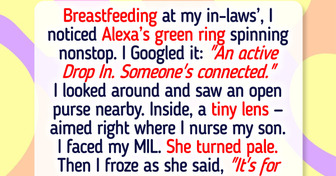I Didn’t Give Up My Parking Spot to a Mom With an Infant — I Served Her a Reality Check
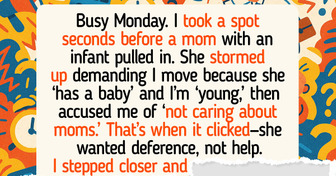
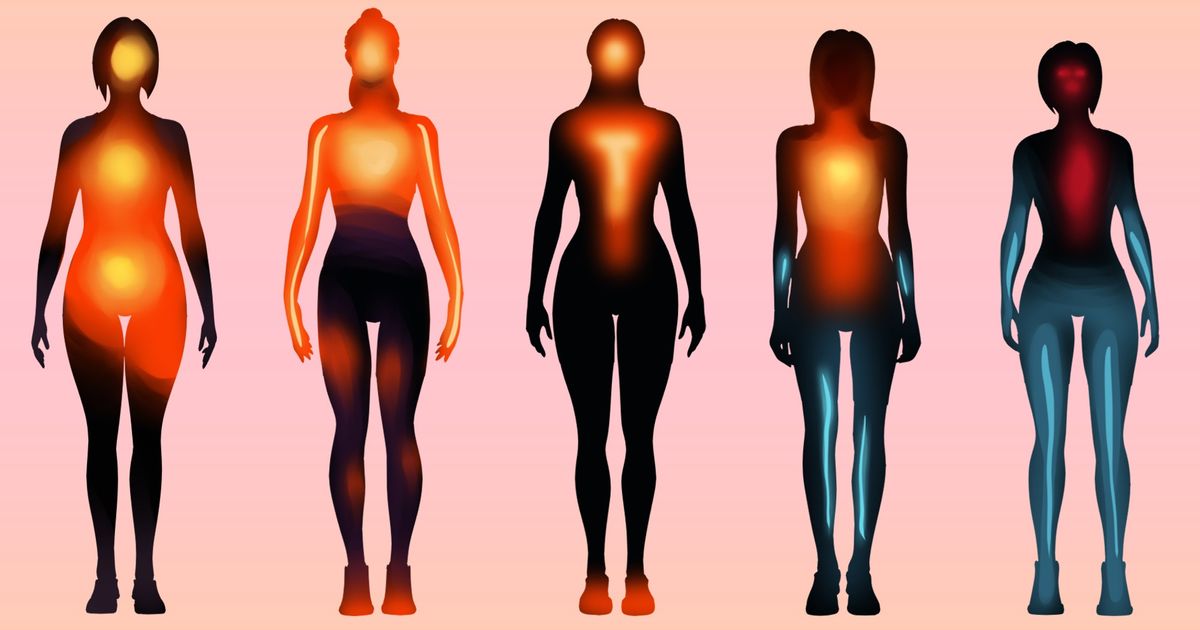
We have a lot of expressions for our emotions — we’re hot-headed when we’re angry, we have a heavy heart when we’re sad, and sometimes we feel like bursting with joy. It turns out that there’s a scientific explanation behind all these phrases, and it has something to do with our feelings targeting certain parts of the body.
We at Bright Side support everyone’s well-being, so we’ll share relevant information about how unreleased emotions can affect our health. We also prepared tips on how to deal with these suppressed feelings.
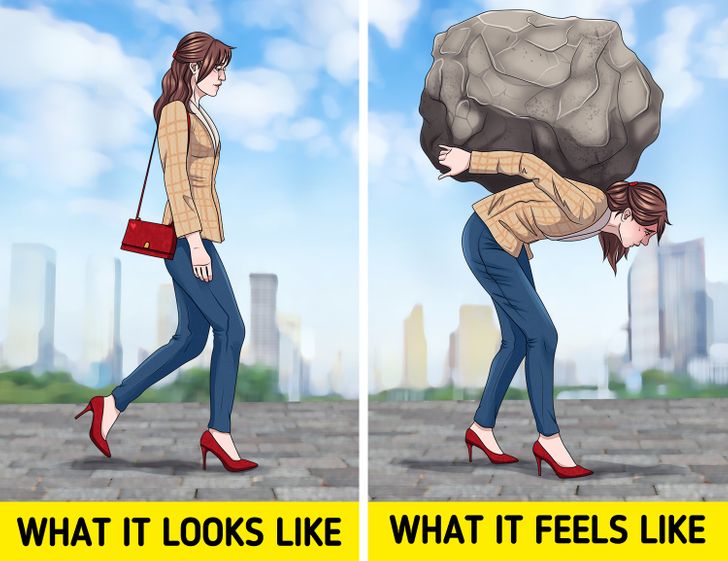
Holistic chiropractor Dr. Bradley Nelson, D.C. explained that pent-up emotions cause vibrations and frequencies in specific parts of the body.
If we don’t process or release them, the energy they create gets stuck inside and may manifest through muscle tension, pain, or other illnesses.
Mind-body therapist Kelly Vincent, PsyD compares confined feelings to “a giant roadblock on the freeway,” which prevents the free flow of energy.
A group of Finnish researchers ran 5 online experiments with hundreds of participants from different cultural backgrounds.
The respondents were exposed to stimuli that would generate certain feelings. They were also asked to identify which of their body regions felt activated, and which parts were deactivated upon seeing the emotional triggers.
The team found that the patterns of body sensations were consistent with all the feelings they tested, which means the anatomy map they developed is universal.
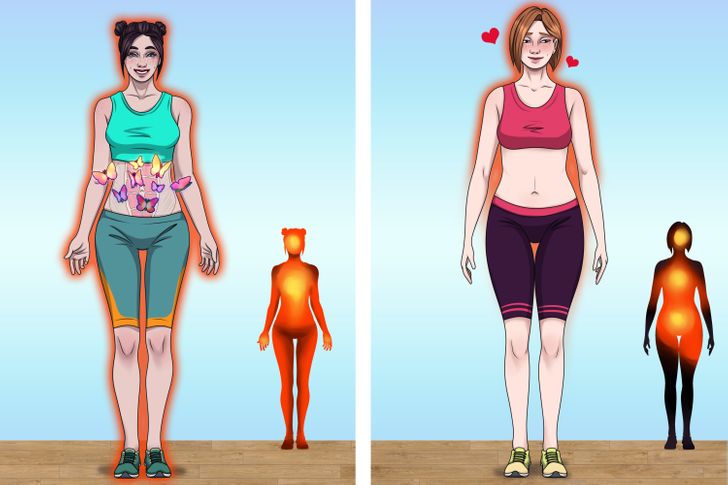
The emotional arousal from feeling joy affects our muscles located in the stomach, intestines, and bladder — hence, the meaning behind the expression, “butterflies in my stomach.”
However, compared to happiness, love was not felt as much in the legs.
Both emotions also release dopamine and serotonin, the feel-good hormones which help regulate our mood and emotion. These 2 neurotransmitters work hand-in-hand in maintaining a chemical balance for the whole body.
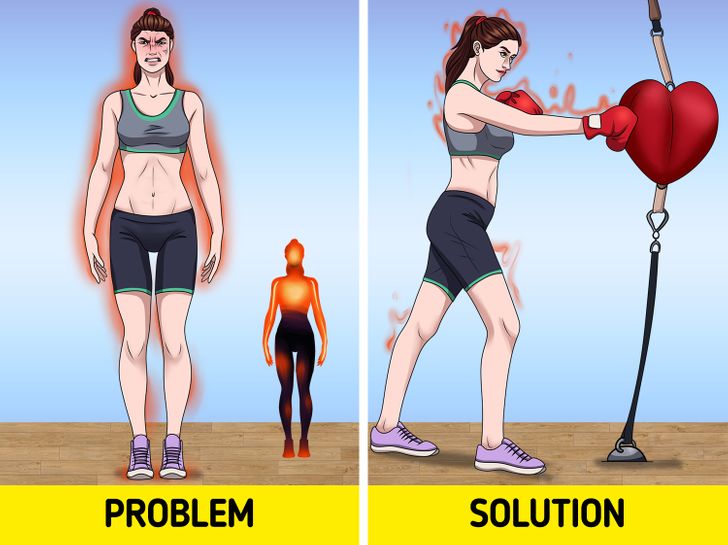
Perhaps this is the reason why we feel the urge to punch something when we’re upset. The emotional energy gets intense in the arms, and we might feel the need to release it.
Feeling anger also releases adrenaline, which causes our muscles to tighten and our blood pressure to increase. There are also studies linking repressed anger with heart disease and a weakened immune system.
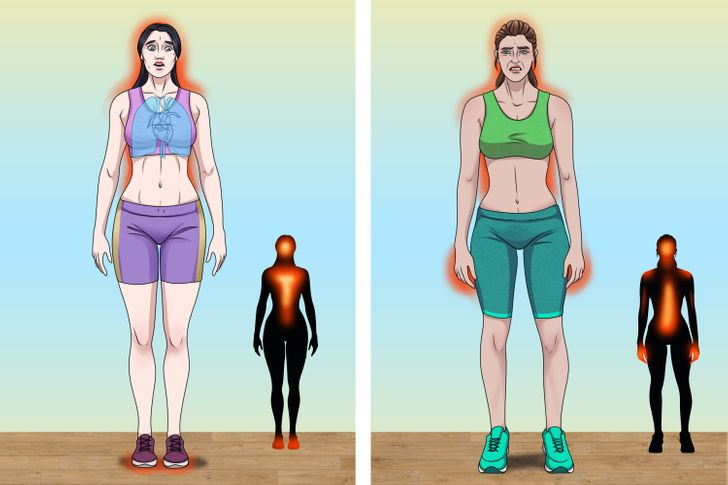
Our body’s fight-or-flight response when we get scared includes the release of the hormones epinephrine and norepinephrine, which help prepare our muscles for violent action.
These hormones increase activity in the heart and lungs, which coincide with the emotional atlas formulated by the research team.
And just like other negative emotions, constant fear may lead to chronic stress, which may impact memory and raise the risk of cardiovascular diseases.
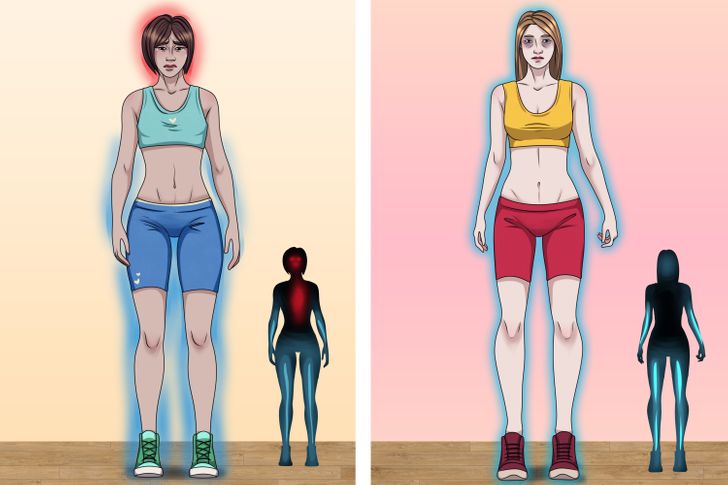
Studies have shown that depression may contribute to physical changes in the brain and could cause headaches and inflammation.
Feelings of distress can also result in the loss of interest in certain things, which might explain why the limbs are not highlighted in the body map.
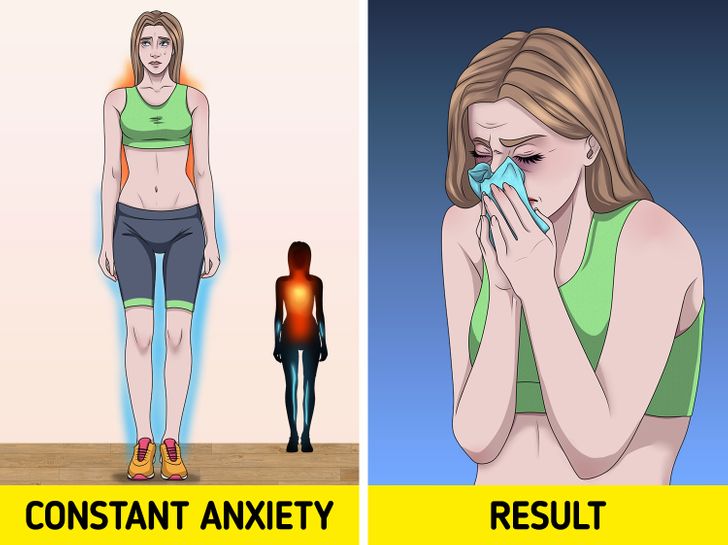
Like fear, this emotion triggers adrenaline and increases our breathing rate so our brain can get more oxygen and prepare for a perceived threat. Accelerated heart rate, chest pain, and nausea are all symptoms of an anxiety attack.
Constant anxiety will disrupt our body’s normal functions and can weaken our immune system. It can also leave us vulnerable to viral infections and other illnesses.
Most of the time, we get “cold feet” when we’re anxious. The map’s lack of intensity in the legs and feet may be due to the blood vessels constricting, resulting in less blood flow to the body’s outermost parts.
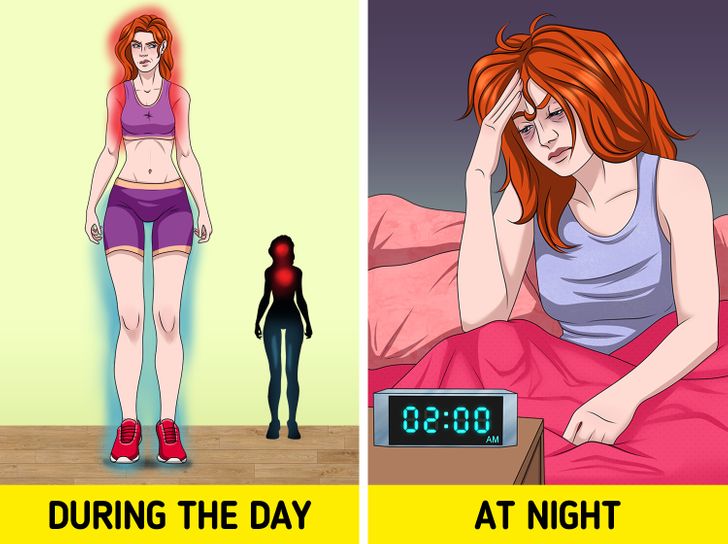
One expert described jealousy as a “complex emotional mix of fear, stress, and anger.”
This means bottling up that green-eyed monster inside of you may also cause heart illnesses, raised adrenaline levels, and likely insomnia.
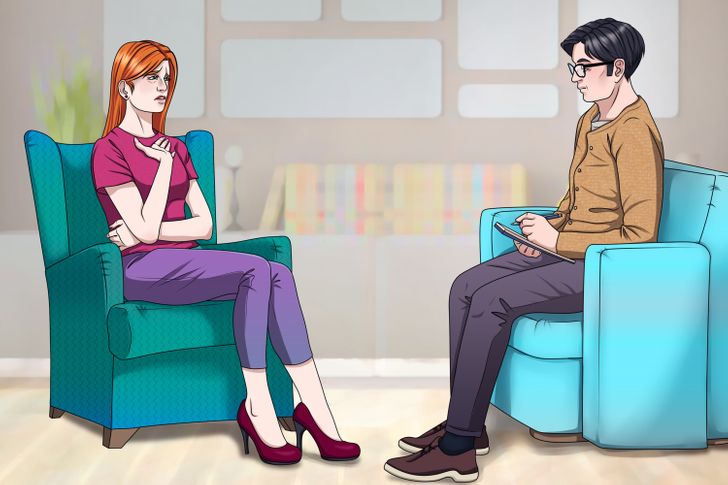
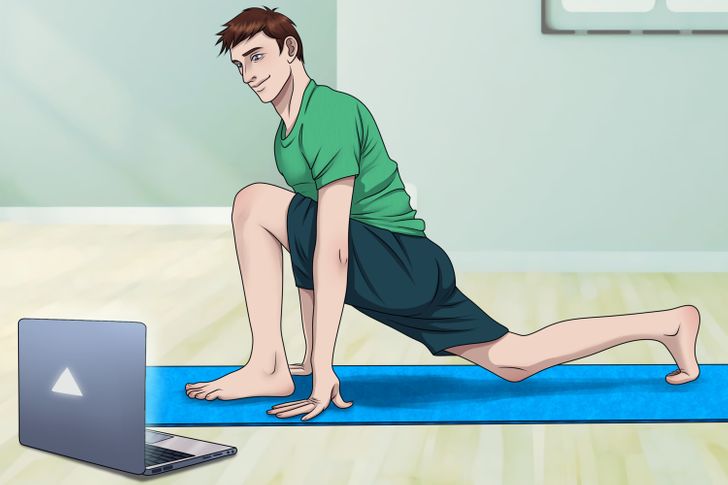
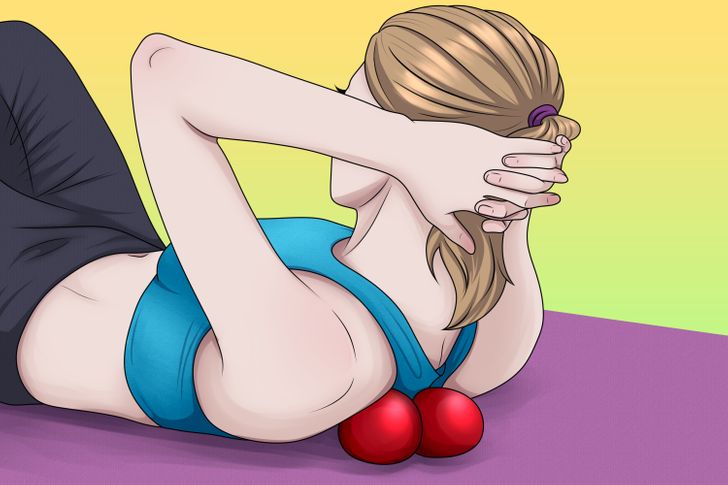
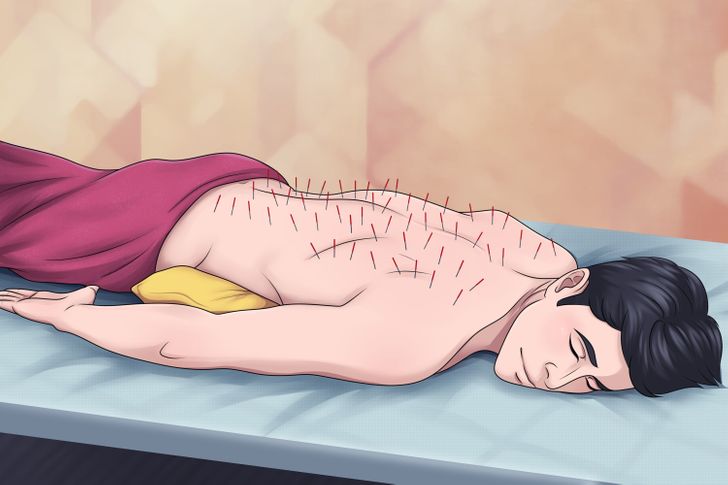
Have you noticed how your body reacts when you are experiencing intense emotions? Are you the type of person who keeps feelings bottled up inside or do you find ways to release them?
Got some cool photos or stories and want to be featured on Bright Side? Send them all right HERE and right now. Meanwhile, we’re waiting!

